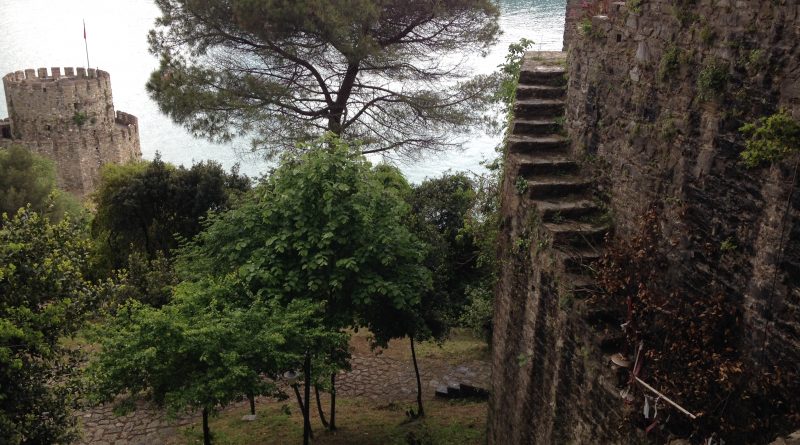
Ottomans versus Christians | Battle for Europe | Vienna: The Golden Apple
In episode two we explore the Ottoman Empire’s Golden Age and chart the height of its expansion into Europe, climaxing with the 1683 siege of Vienna.
Istanbul and Sulieman the Magnificent
The episode opens in Istanbul where Presenter Julian Davison explores the reign of the Empire’s most successful Sultan, Sulieman the Magnificent. A sophisticated ruler, Sulieman not only encouraged artistic and architectural achievement but helped to organise and unify the wide range of cultures and religions across his growing empire.
To get an idea of what life was like for the average person during Sulieman’s time, Julian travels to the 16th century village of Cumalikizik in Northern Anatolia where he enjoys an historical shadow puppet play involving characters representing the empire’s varied populations.
But Sulieman’s military ambitions were just as important and European expansion was a vital part of his strategy. Within just a few years of becoming Sultan, Sulieman made significant gains in Hungary, most notably at the battle of Mohacs, where he demolished the Hungarian army and secured an Ottoman foothold in the region.
Julian visits the eerie site of the battle of Mohacs and explores how the Ottoman victory would leave an indelible mark on the national consciousness of Hungarians. For the next two centuries Hungary would become the central arena in a mammoth power struggle between Europe and the Ottoman Empire. But Sulieman had a rival in Europe that was determined to thwart his grandest ambitions. The Hapsburg King and Holy Roman Emperor Charles V.
With the help of historians and experts we look at the bitter rivalry between Sulieman and Charles V and explore how it fuelled conflict and religious division, and undermined European unity in the face of Ottoman expansion.
Vienna
In 1529 Sulieman’s armies reached the Hapsburg city of Vienna. Its siege was a shocking strike at the heart of Europe and, though unsuccessful, established Vienna as the golden apple of Ottoman desire and somewhat of an obsession for Sulieman.
Julian travels to Vienna to chronicle the siege and delve more deeply into the relationship between Sulieman and the powers of Europe with the help of Vienna’s Imperial Armoury curator, Matthias Phaffenbichler.
Sulieman would spend the rest of his life coveting Vienna but he would never succeed in taking the city. Julian travels to the Hungarian town of Szigetvar to explore the legendary battle where Sulieman died and uncover the truth about a buried treasure associated with his death while visiting an archaeological dig taking place just outside the town.
Sulieman’s dream of capturing Vienna may have been unfulfilled but Sultan, Mehmed IV, would rekindle it in 1683 when he assembled the largest army of its day to conquer the city.
What became known as the Battle of Vienna was a turning point in the long history of conflict between the Ottoman Empire and the powers of Europe and its legacy is far-reaching.
Julian travels to Vienna and with the help of local experts and guides, explores the city’s many sites dedicated to the battle and the key events that brought the city to the brink of collapse.
Polish Winged Hussars
At the final hour, Vienna was saved by the extraordinary efforts of the Polish Winged Hussars, a powerful cavalry renowned for their bravery and devastating charges.
Diverting to Poland, Julian enlists the help of the impressive Polish Hussar re-enactment group to relive those pivotal final moments of the battle and demonstrate some of the military manoeuvres that saved the city from capture.
A visit to the Vienna Museum and its collection of battle booty reveals some unexpected facts about the conflict and its aftermath.
From croissants to coffee, the Battle of Vienna left Europe with many surprising legacies which Julian enthusiastically explores, but it also marked the height of Ottoman expansion into Europe and in retrospect is often seen as the beginning of the Ottoman Empire’s slow decline.
But the Empire had a long way to fall and would continue to be a formidable force for centuries to come. The nature of its relationship with Europe however would change as nationalist movements emerged in the Balkans and a terrifying new threat rose in the East.
